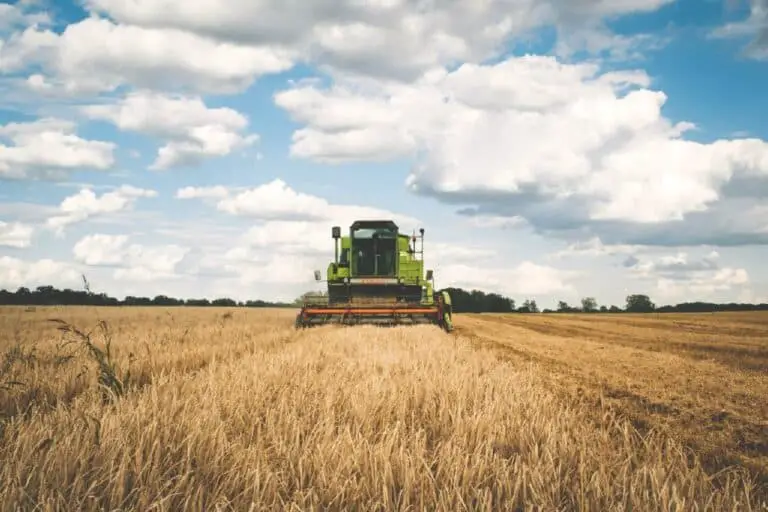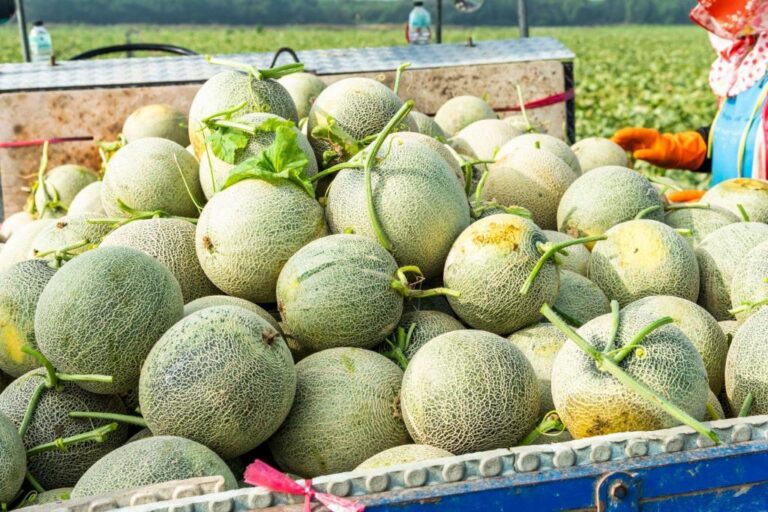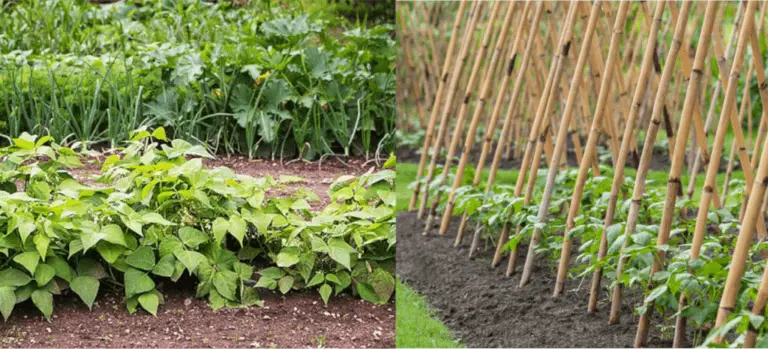What Is Small Scale Subsistence Farming? Building Resilience and Food Security
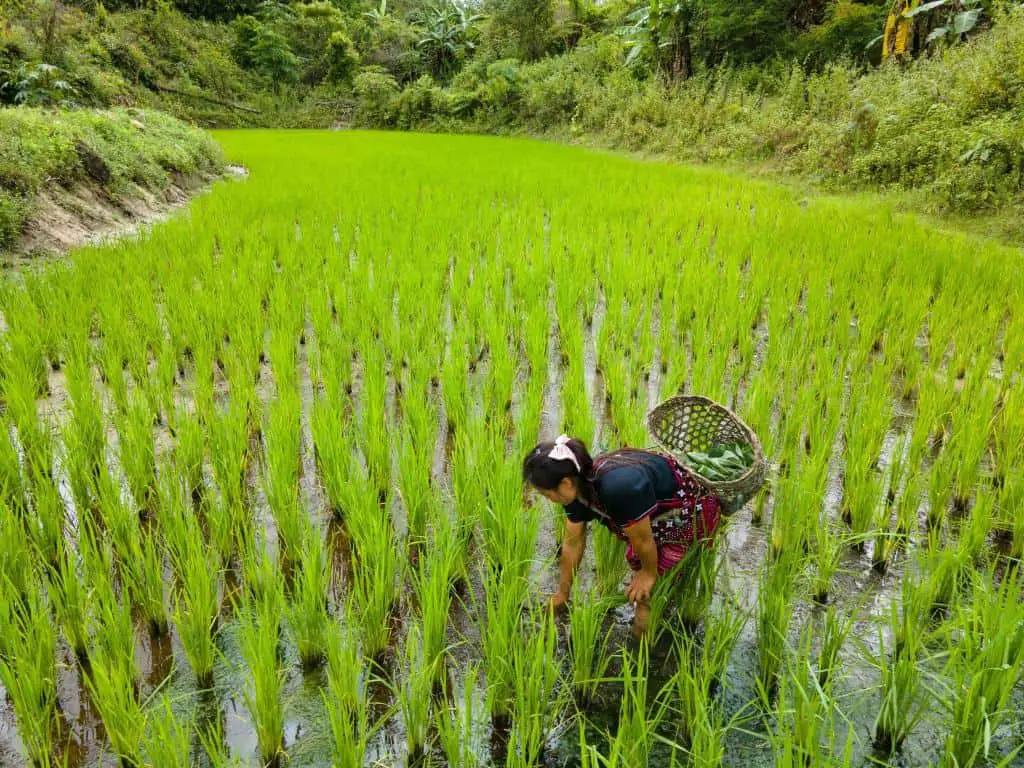
In a world where industrial agriculture dominates the landscape, there exists a humble and resilient practice known as small scale subsistence farming. This age-old tradition, rooted in local communities, offers a refreshing alternative to the mass production and global market-oriented approach of commercial farming.
Small scale subsistence farming revolves around a simple yet profound principle: growing food primarily for one’s own sustenance and the immediate community.
But what exactly is small scale subsistence farming? How does it differ from large-scale agriculture? What challenges does it face, and what benefits does it bring?
In this article, we will embark on a journey to explore the world of small scale subsistence farming, uncovering its defining characteristics, its significance in local communities, and its potential to shape sustainable food systems for the future.
What Is Small Scale Subsistence Farming?
Small scale subsistence farming is a traditional farming practice that focuses on producing food primarily for the farmer’s own consumption and the immediate community. It is a self-sufficient agricultural system that has been practiced for centuries, providing sustenance and livelihoods to rural communities around the world.
Unlike large-scale commercial farming, small-scale subsistence farming emphasizes the cultivation of diverse crops and the rearing of livestock on a smaller plot of land.
This farming practice has a rich historical background and holds significant cultural and economic value. It is deeply rooted in local traditions and knowledge, passed down through generations. Small scale subsistence farming differs from other forms of farming, such as industrial agriculture or commercial farming, which are primarily driven by profit and the production of surplus for global markets.
Characteristics of Small Scale Subsistence Farming
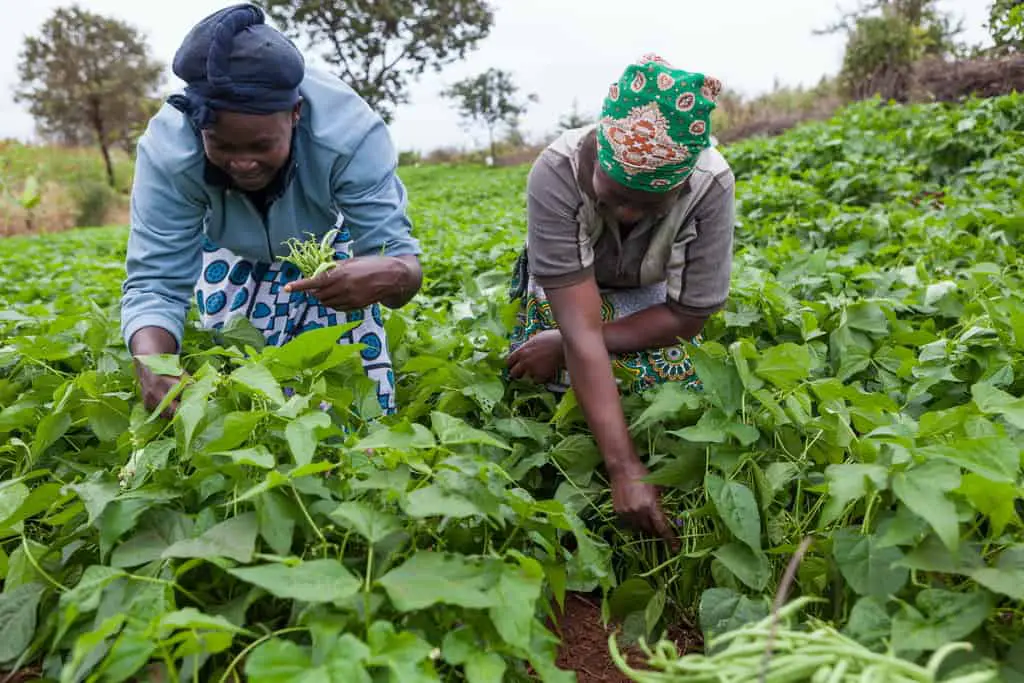
Small scale subsistence farming typically operates on a relatively small plot of land, often owned or leased by the farmer or the community. The size of the farm may vary depending on factors such as local conditions and available resources. Generally, small scale subsistence farms are characterized by their:
- Land Size: Farmers who practice subsistence farming typically have small plots of land, usually less than five acres. This limited land size necessitates efficient use of available resources.
- Diversity: Subsistence farmers often cultivate a diverse range of crops and raise livestock to ensure a varied and balanced diet. This diversity helps mitigate risks associated with crop failures or livestock diseases.
- Self-Sufficiency: Subsistence farmers aim to produce enough food for their own consumption, reducing reliance on external sources. They prioritize meeting their immediate needs rather than generating surplus for commercial purposes.
- Traditional Techniques: Subsistence farming often relies on traditional farming methods that have been passed down through generations. These methods are adapted to local conditions and may incorporate sustainable practices such as intercropping and crop rotation.
Table: Key Features of Small Scale Subsistence Farming
| Characteristic | Description |
| Land Size | Small plots of land, typically less than five acres |
| Diversity | Cultivation of diverse crops and raising livestock for a balanced diet |
| Self-Sufficiency | Production of enough food for personal consumption |
| Traditional Techniques | Reliance on traditional farming methods adapted to local conditions |
Importance of Small Scale Subsistence Farming
Small scale subsistence farming plays a crucial role in various aspects, including:
1. Food Security
By producing their own food, subsistence farmers ensure a steady supply of fresh and nutritious food for their families. This reduces dependence on external food sources and helps protect against food shortages or price fluctuations.
2. Self-Reliance
Subsistence farming promotes self-reliance by providing farmers with the skills and knowledge to sustain themselves and their families. They are less reliant on external markets, allowing them to have greater control over their livelihoods.
3. Preservation of Traditional Knowledge
Subsistence farming practices often incorporate traditional knowledge and techniques that have been passed down through generations. By practicing subsistence farming, these traditions are preserved, ensuring the continuity of cultural heritage and wisdom.
4. Environmental Sustainability
Small scale subsistence farming tends to be more environmentally sustainable compared to large-scale commercial agriculture. Farmers often prioritize organic farming methods, minimize chemical inputs, and adopt practices such as agroforestry, which helps conserve soil fertility and biodiversity.
5. Community Cohesion
Subsistence farming is often practiced within close-knit communities. It promotes social cohesion, as members of the community collaborate and support each other in various farming activities, such as seed sharing, irrigation, and pest control.
Challenges and Constraints in Small Scale Subsistence Farming
Despite its significance, small scale subsistence farming faces several challenges and constraints:
1. Limited Resources
Subsistence farmers often have limited access to resources such as land, capital, and modern farming technologies. This can hinder productivity and make it difficult to improve their farming practices.
2. Vulnerability to Climate Change
Small scale subsistence farmers are particularly vulnerable to the impacts of climate change, including erratic rainfall patterns, prolonged droughts, and increased pest and disease pressure. These challenges can lead to crop failures and food insecurity.
3. Market Access
As subsistence farmers primarily focus on meeting their own needs, they may have limited access to markets to sell any surplus produce. Lack of transportation infrastructure and market linkages can restrict their ability to generate additional income.
4. Limited Financial Returns
Subsistence farming often generates limited financial returns, as the main objective is self-sufficiency rather than profit. This can make it challenging for farmers to invest in modern farming technologies or expand their operations.
5. Labor Intensity
Subsistence farming requires significant labor inputs, as farmers rely on manual labor for various activities such as planting, weeding, and harvesting. This can be physically demanding, especially for aging farmers or those with limited labor resources.
6. Lack of Access to Information and Education
Many subsistence farmers lack access to information and education about modern farming techniques, market trends, and government support programs. This hinders their ability to improve their farming practices and take advantage of available resources.
Techniques and Practices for Successful Small Scale Subsistence Farming
Small scale subsistence farming employs various techniques and practices to ensure sustainable production and maximize yields. Here are some tips for successful small scale subsistence farming:
- Optimize Land Use: Make the most of limited land by practicing efficient land management techniques such as intercropping, vertical gardening, and raised beds. This maximizes productivity and yields from small spaces.
- Diversify Crops: Cultivate a variety of crops that are well-suited to the local climate and soil conditions. Diversification helps minimize the risk of crop failure and provides a range of nutrients for a balanced diet.
- Promote Sustainable Farming Practices: Embrace sustainable farming methods that prioritize soil health and biodiversity conservation. Implement techniques like composting, crop rotation, and integrated pest management to reduce reliance on chemical inputs.
- Explore Market Opportunities: While the main focus of subsistence farming is self-sufficiency, consider exploring local markets or community-supported agriculture initiatives to sell any surplus produce. This can provide additional income and improve financial resilience.
- Invest in Skills and Knowledge: Seek opportunities to learn and acquire new farming skills. Attend workshops, join farmer associations, or participate in government-led training programs to gain insights into modern techniques to be applied to small-scale farming, climate-smart practices, and market trends.
- Harness Technology: Leverage appropriate technologies that can enhance productivity and efficiency. For example, drip irrigation systems can optimize water usage, while mobile applications can provide valuable information on weather patterns, market prices, and farming best practices.
- Establish Collaborative Networks: Foster relationships with neighboring farmers and local communities. Collaborate on shared resources, such as irrigation systems or equipment, and exchange knowledge and experiences. This strengthens community support and facilitates collective problem-solving.
- Diversify Income Streams: Explore additional income-generating activities that complement farming, such as agro-tourism, beekeeping, or value-added product processing. This diversification helps reduce reliance solely on farming and provides alternative revenue streams.
- Advocate for Support: Engage with local authorities, agricultural extension services, and NGOs to advocate for better infrastructure, access to credit, and support programs tailored to the needs of small scale subsistence farmers. Your voice can contribute to positive policy changes and improved resources.
By adopting these strategies and adapting them to local conditions, small scale subsistence farmers can enhance their productivity, resilience, and overall well-being.
Examples of Small Scale Subsistence Farming in Different Regions
Small scale subsistence farming is prevalent in various regions around the world, each with its own unique farming practices and crops. Here are a few examples:
| Region | Farming Practices | Crops and Livestock |
| Southeast Asia | Rice cultivation, aquaculture, backyard poultry farming | Rice, fish, vegetables, chickens |
| Sub-Saharan Africa | Millet and sorghum cultivation, pastoralism, beekeeping | Millet, sorghum, maize, cattle, sheep, goats, honey |
| Latin America | Coffee farming, agroforestry, small-scale dairy farming production | Coffee, cacao, bananas, cattle, goats, dairy products |
| Pacific Islands | Taro cultivation, fishing, pig farming | Taro, yam, breadfruit, fish, pigs |
Success Stories and Innovative Practices
Small scale subsistence farming has witnessed success stories and innovative practices that highlight its potential and impact. For instance:
- In India, the “System of Rice Intensification” (SRI) has revolutionized rice cultivation. By using fewer seeds, transplanting young seedlings, and adopting organic practices, farmers have significantly increased yields.
- The “Permaculture” movement in Australia promotes sustainable farming systems that mimic natural ecosystems, integrating plants, animals, and landscape design to create self-sufficient and resilient farms.
- In Kenya, the “Green Belt Movement” encourages small scale subsistence farmers, predominantly women, to plant trees to combat deforestation, enhance soil fertility, and improve water resources.
Conclusion
Small scale subsistence farming plays a vital role in ensuring food security, preserving cultural heritage, and supporting rural development. By prioritizing self-sufficiency, diversification, and sustainable practices, small scale subsistence farmers contribute to resilient and sustainable food systems.
To fully harness the potential of small scale subsistence farming, it is crucial to address the challenges they face, including limited access to resources, climate change impacts, and market constraints. Governments, NGOs, and other stakeholders must collaborate to provide support, resources, and policies that empower small scale subsistence farmers and create an enabling environment for their success.
By recognizing and promoting the importance of small scale subsistence farming, we can foster sustainable agriculture, improve livelihoods, and create a more equitable and resilient global food system.

